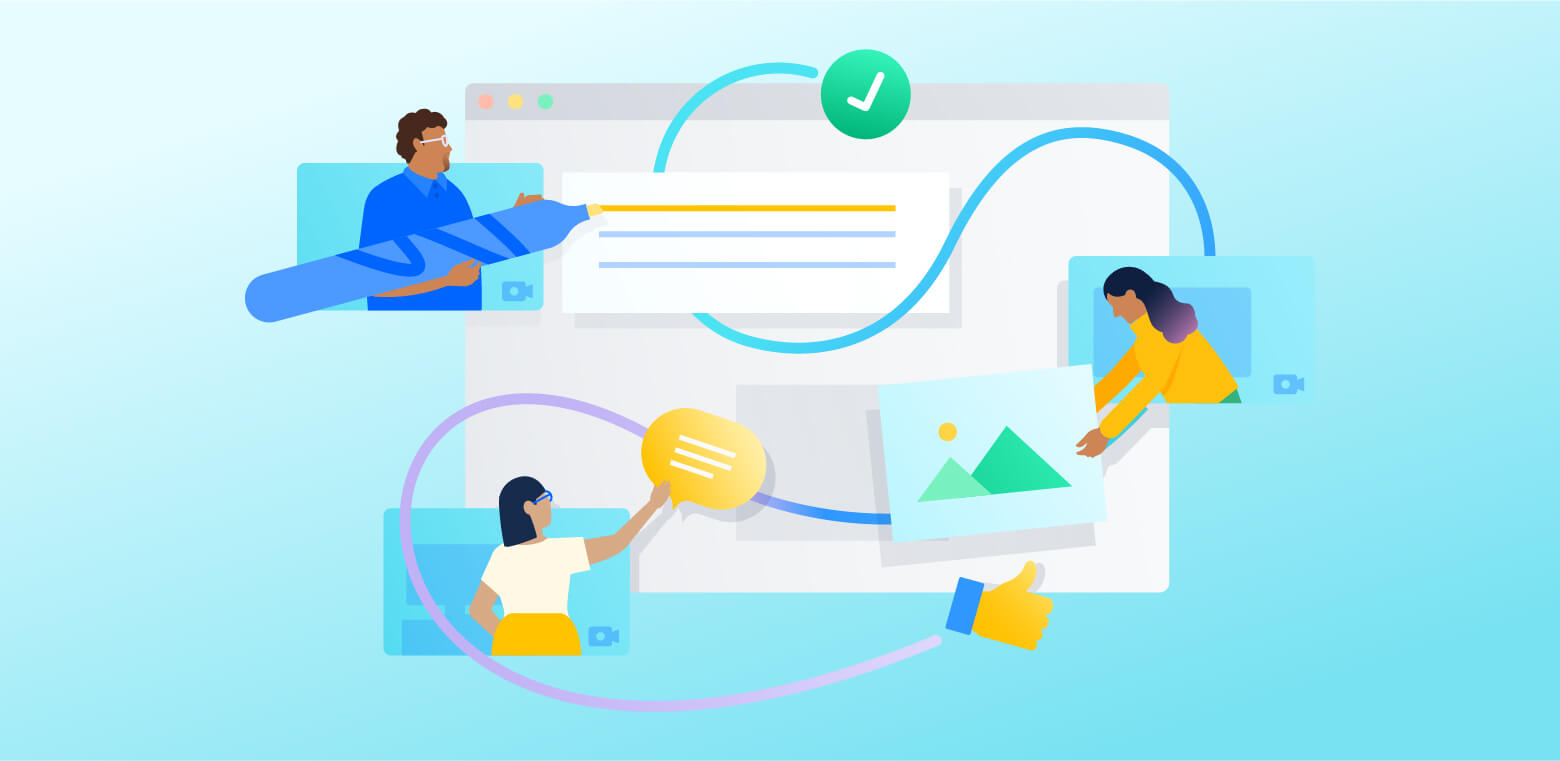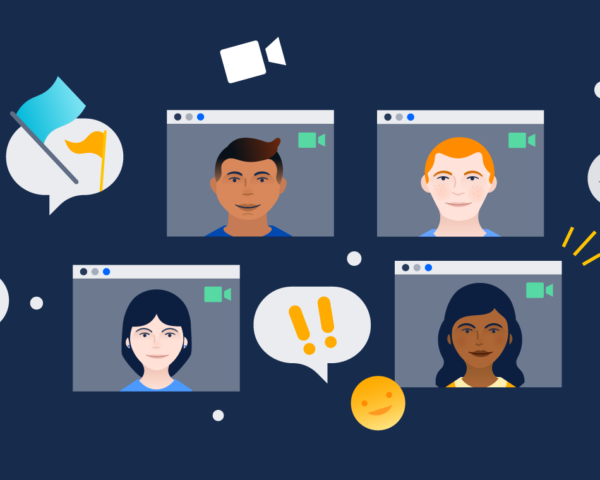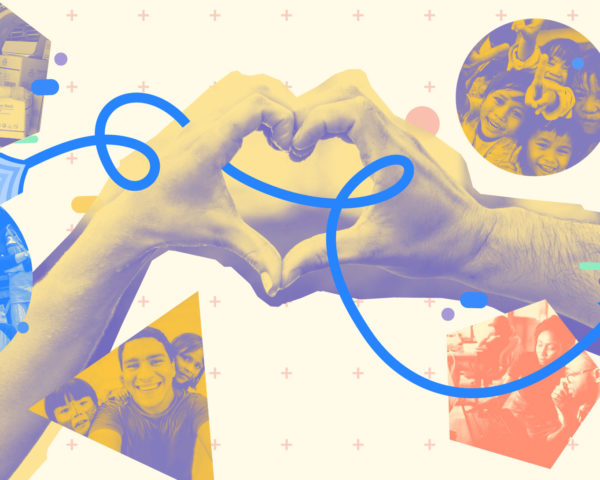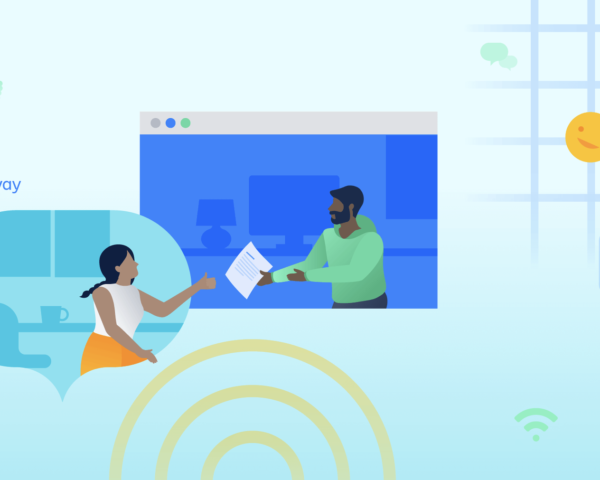How our innovation teams elevated Atlassian’s digital culture
Remote work can make many people feel isolated. Learn how Atlassian’s product and IT innovation teams engineered organic connections in a distributed work setting using Atlas.
Research has shown that employee disconnection leads to loss of productivity and interest in work. Earlier in the pandemic, as employees shifted from traditional in-office workplaces to distributed work, that challenge was compounded. And the problem hasn’t quite been solved yet.
Because company culture is becoming a more important factor for job candidates when assessing who to work for, more organizations are tinkering with the recipe to find the right balance between working remotely and creating meaningful digital connections. But how do they do this in a remote work environment?
At Atlassian, a cross-functional innovation team stepped up to the challenge. The project was initiated as a collaborative effort between Atlassian’s Point A and CTO Innovation team. From there, the effort grew to encompass the Intelligent Automation team to build Connections. The teams used Atlas to manage data (more on that product below) and create Connections, an internal Slack-based app that uses algorithms to link workers to each other based on their interests.
Unlike themed channels in Slack that people navigate to themselves, Connections aims to simulate those happenstance meetings that would have happened in the physical office. Employees who opt into the Connections program are “set up” to meet other Atlassians in a one-on-one digital setting. Think of it like a dating app…but less awkward.
Why Connections matters in a remote world
There are more than 10,000 global employees at Atlassian, and more than 6,000 of them were onboarded remotely during the pandemic as Atlassian embraced new ways of working. But with a global workforce came the responsibility of maintaining that workplace culture in a digital environment.
Why does this matter? Because everyone learned that happiness at work is more than just the work. It’s the team dynamics, the values in the work, and the work experience – also known as the company culture.
“People need to have fulfilling moments at work. Both in the work that they do and in the personal connections they make,” says Julia Zhang, a product manager for Atlassian IT and key contributor to the Connections project. “This is one of the main factors that keep people happier and help with employee retention.”
Atlas: the perfect tool for gathering and connecting data
Announced at Team ‘22, Atlas is a teamwork directory service focused on connecting the dots between teams and their work. Traditionally, the product is used to provide high-level status on a project or program to leadership and other stakeholders in a way that’s more informative than a Slack message but less chaotic than an open shared document.
When the team sought to solve the employee connectedness problem, they turned to Atlas’ built-in tagging capabilities to house tags created by employees. The team engineered the ability to store the tags and used them to connect users with one another. The Connections app allows users to pick tags based on their interests – bikes, bbq, tattoos – and connects them with other like-minded enthusiasts.
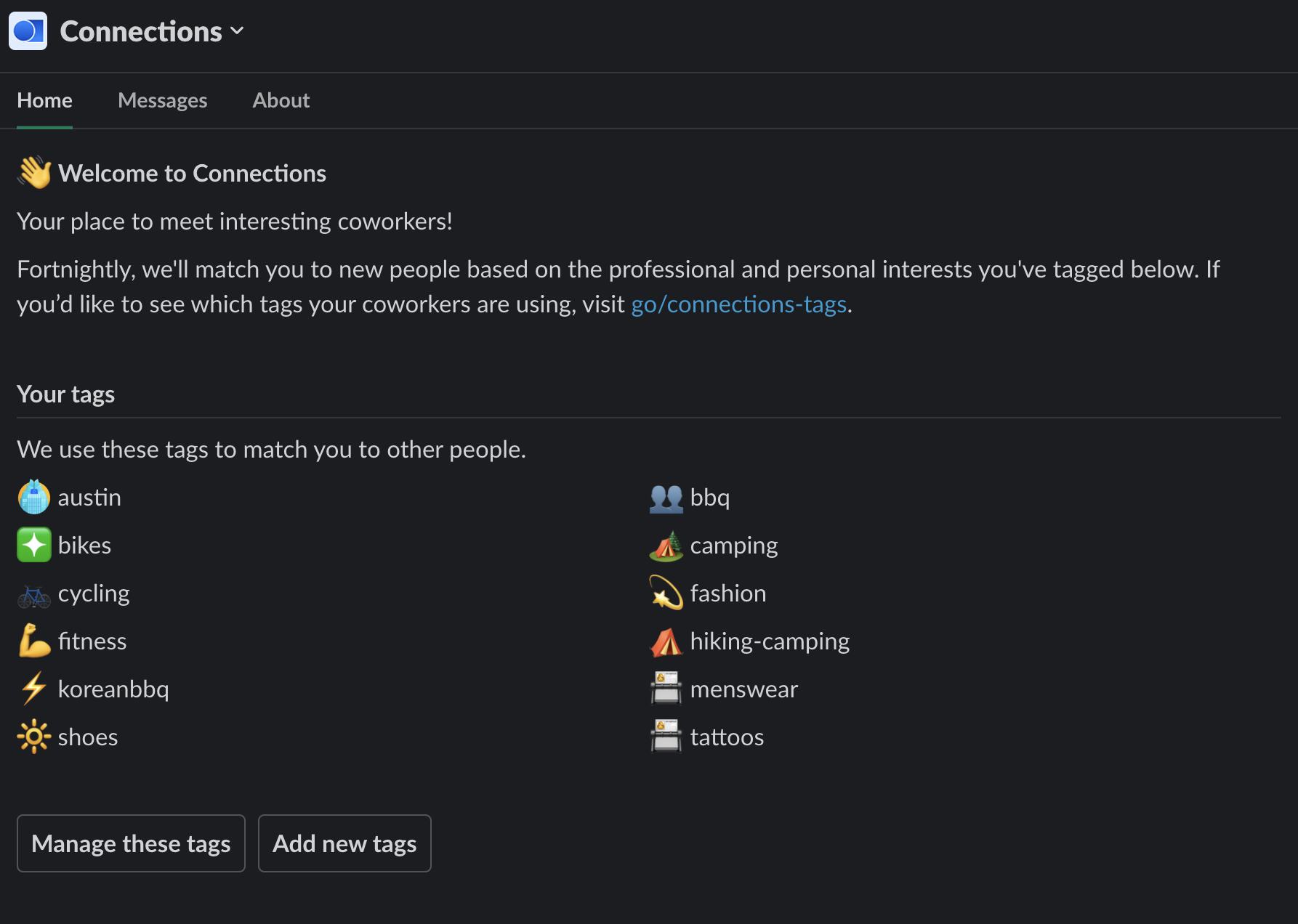
Creating and growing Connections at Atlassian
With remote work, companies face yet another challenge – how to create organic moments like those that happen in the office.
“We’re really taking a stand for the new way of working by investing in the hybrid/remote world. It’s here to stay,” Julia says. “So we’re embarking on this journey to replicate the upsides of office life, like feeling connected with others.”
In the first iteration of the app, the team brought in 350 Atlassian employees to participate and connect with one another. Success was defined not just in terms of participation, but of how many times users would return again to connect with others.
And it was a success. Of the users that were active on the first day of the experiment, 40% were still active after 30 days. In the broader context of things, it’s amazing to get 4 out of 10 people to do something social in the remote work world.
“It was hard. People say they want to meet others and feel connected. But they don’t want to do more Zoom meetings. They don’t want more calls and random messages from a Slack channel they joined on a whim,” Julia says.
Making a difference in a remote work world
According to surveys, the folks that continued participating in Connections said that they felt an increased sense of belonging to Atlassian and felt that their network increased. “It made a difference for people who wanted and needed to reach out and grow their network with other people,” Julia says.
Two years after distributed work became the norm, many companies are still trying to figure out how to do it right. Using Atlas to develop the Connections app was Atlassian’s way of helping employees.
“Even two years into it, we’re still developing new pathways for the new work world. Whether it’s a tool like Connections to create organic networks in the remote work environment or anything else, we have to keep trying,” Julia says. “The world has shown that remote work can and is a functional work environment. Companies can do well remotely, it’s just a matter of creating and using the right tools in the right environment. And Connections is one of those tools.”
For more stories about Atlassian IT approaching problems in creative ways, check out the Connected CIO page.
